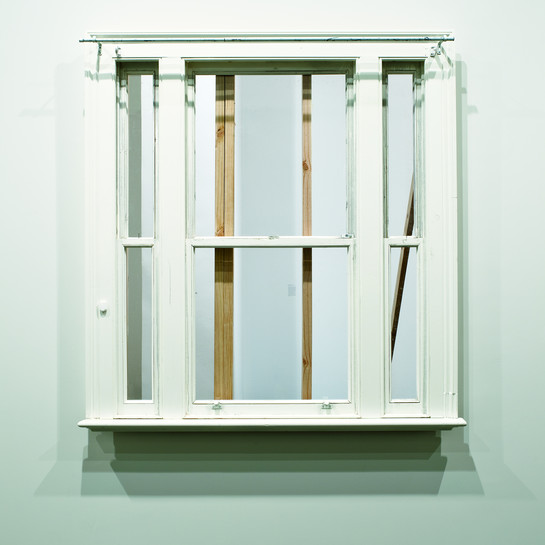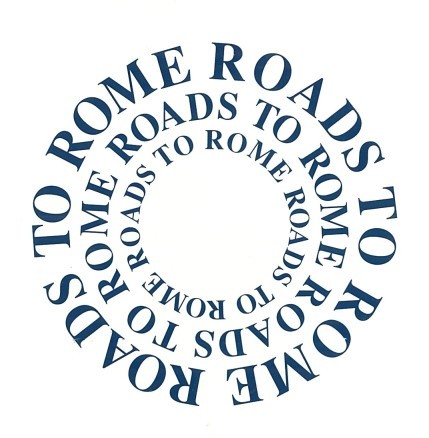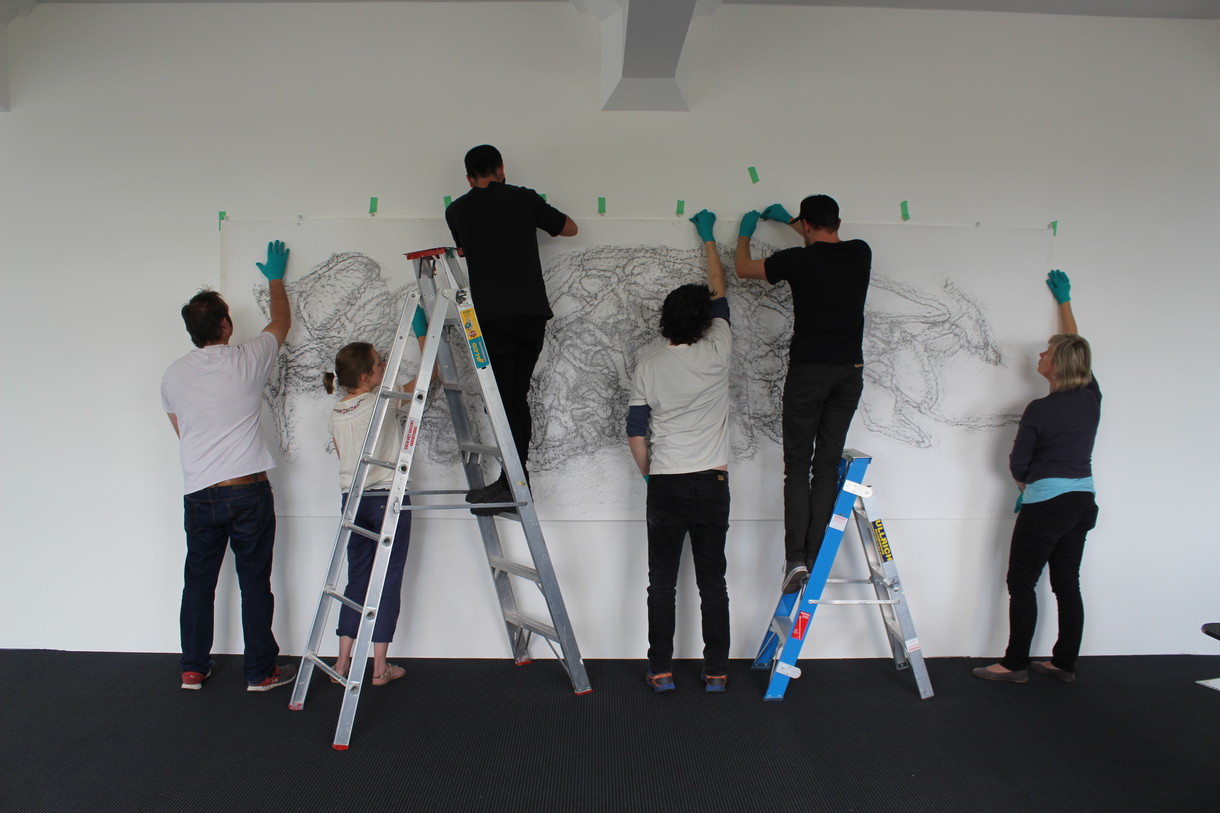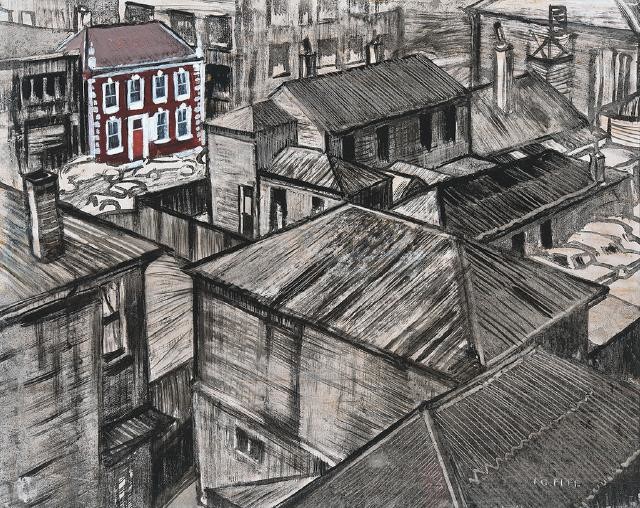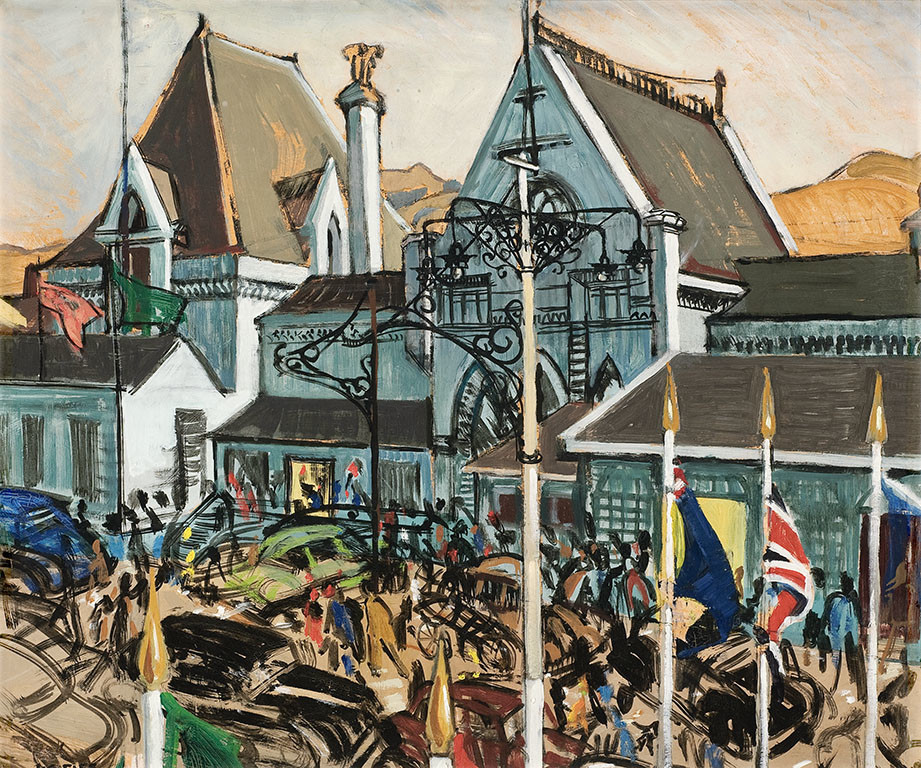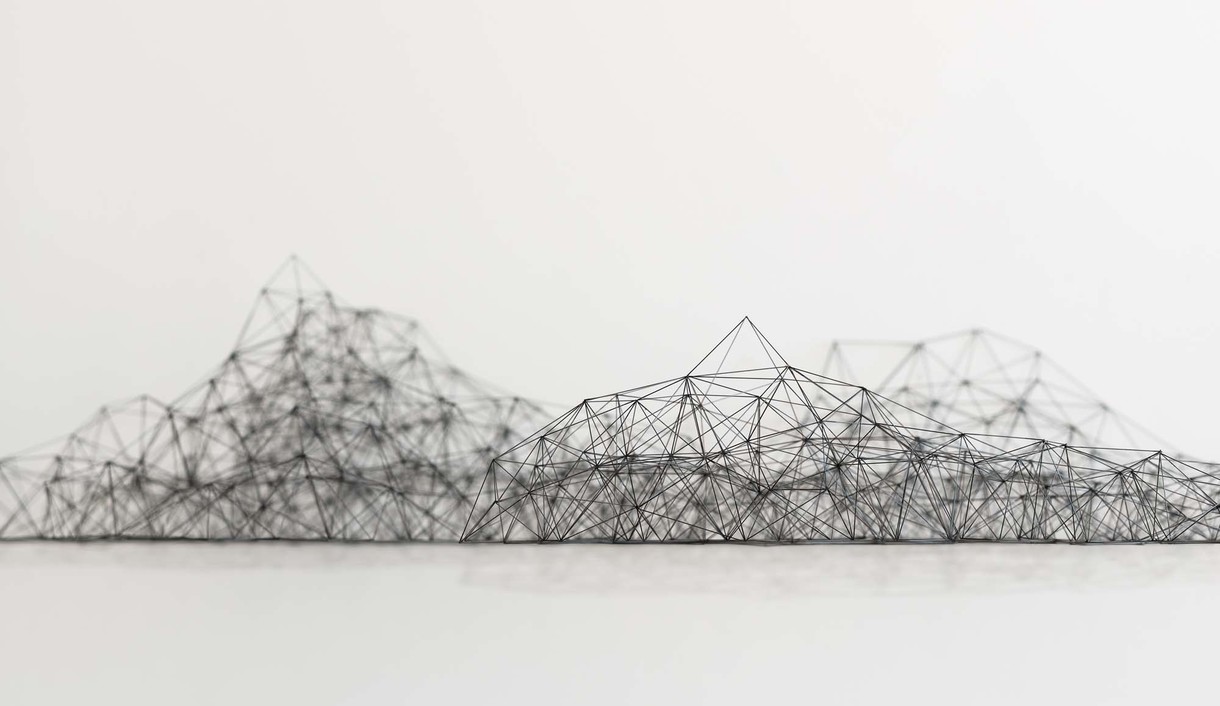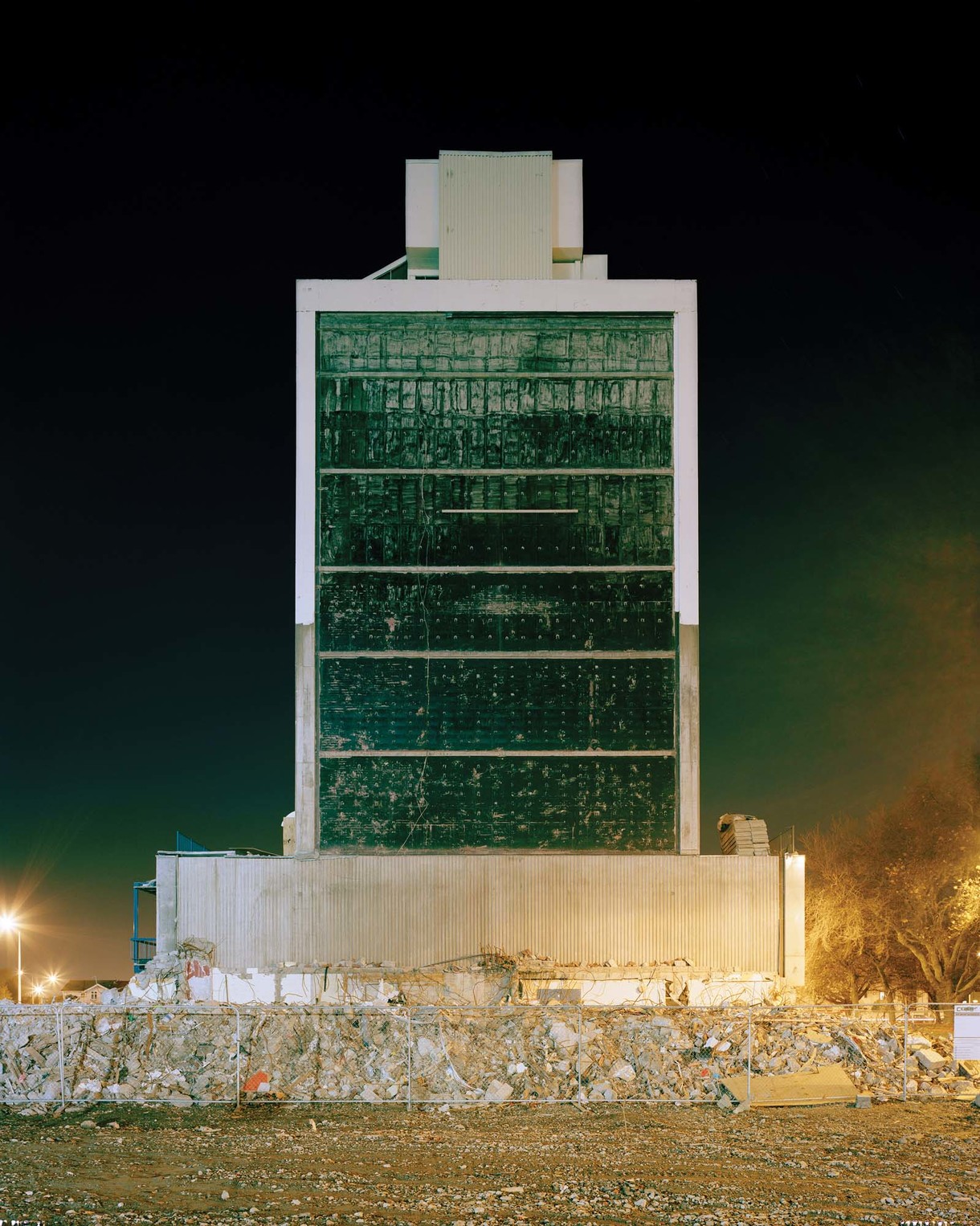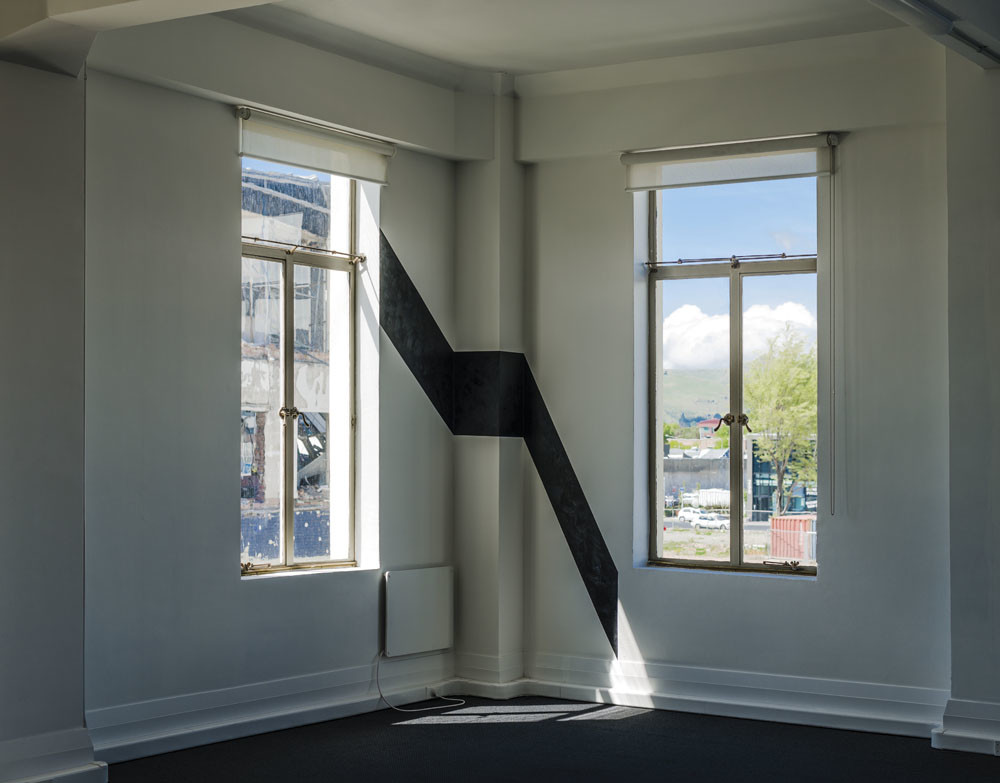Giovanni Battista Piranesi
Italy, b.1720, d.1778
Veduta della Gran Curia Innocenziana
- 1752
- Etching
- Purchased 1981
- 503 x 682mm
- 81/22
- View on google maps
Tags: animals, buildings (structures), carriages (vehicles), clouds, columns (architectural elements), government office buildings, horses (animals), landscapes (representations), monochrome, people (agents), urban landscapes
Giovanni Battista Piranesi, son of a Venetian stone- mason and master builder, trained in architecture and stage design before moving to Rome and training there as an engraver. Producing many picturesque Grand Tour views of Rome, he was hugely influential on the classical revival in European architecture. In Rome in 1755 he befriended the visiting architect Robert Adam, who praised Piranesi in a letter to his brother in London:
'[S]o amazing and ingenious fancies as he has produced in the different plans of the Temples, Baths and Palaces and other buildings I never saw and are the greatest fund for inspiring and instilling invention in any lover of architecture that can be imagined.'
(Above ground, 2015)
Exhibition History
This view of the Palazzo Montecitorio comes from a folio of 137 plates produced by Giovanni Piranesi from 1748 to 1778. They were intended both as artworks and souvenirs and were popular with foreign tourists, many of whom travelled to Italy as part of their Grand Tour of the continent.
By the 1740s Piranesi had established a reputation as a major printmaker. He ingeniously used perspective and scale to add further grandeur to the buildings he depicted. Here, the tiny figures give a massive scale to the grand building, which sweeps with exaggerated perspective into the distance.
The son of a builder, Piranesi was born at Mogliano in Italy. He settled in Rome and remained there for most of his career. His early training as an architect is clear in his keen interest in classical architecture. Piranesi devoted himself entirely to engraving the great monuments of Roman antiquity and the Renaissance. His works, published collectively in Rome at different periods between 1750 and 1786, comprise 31 folio volumes.
(Label date c2008)
Piranesi lived in Rome during the eighteenth century, when it was considered scholarly and fashionable for foreign tourists to visit the ancient Roman ruins and the grand Renaissance palaces. For these visitors Piranesi set up a large print workshop from which he established a reputation as a major printmaker. With over 1,000 etchings of Roman scenes he is one of the most prolific of all times.
Veduta della Gran Curia Innocenzia comes from a folio of 133 plates Piranesi made from 1748 to 1778 and published in his 'Vedute di Roma'. They were intended both as art works and as souvenirs, and were sold from the print workshop and through the booksellers on the Corso.
True to the carefully observed and finely delineated details of the Renaissance and Baroque architecture, Piranesi's scenes display his ingenious use of perspective and scale to add further grandeur to the fine old buildings. The tiny figures with their ornate carriages give a massive scale to the grand building which sweeps with exaggerated perspective away into the distance. You may notice how the other buildings and monuments are numbered and their names given in the key inscribed beneath the scene.
In his early career Piranesi had studied and worked with his uncle who was an architect and engineer in Venice. Later during his early years in Rome, he studied perspective and stage design with Zucchi. Vasi was the master printer from whom he learnt the latest etching techniques. All these elements clearly come together in this fine print.
(Label from before 2007)
